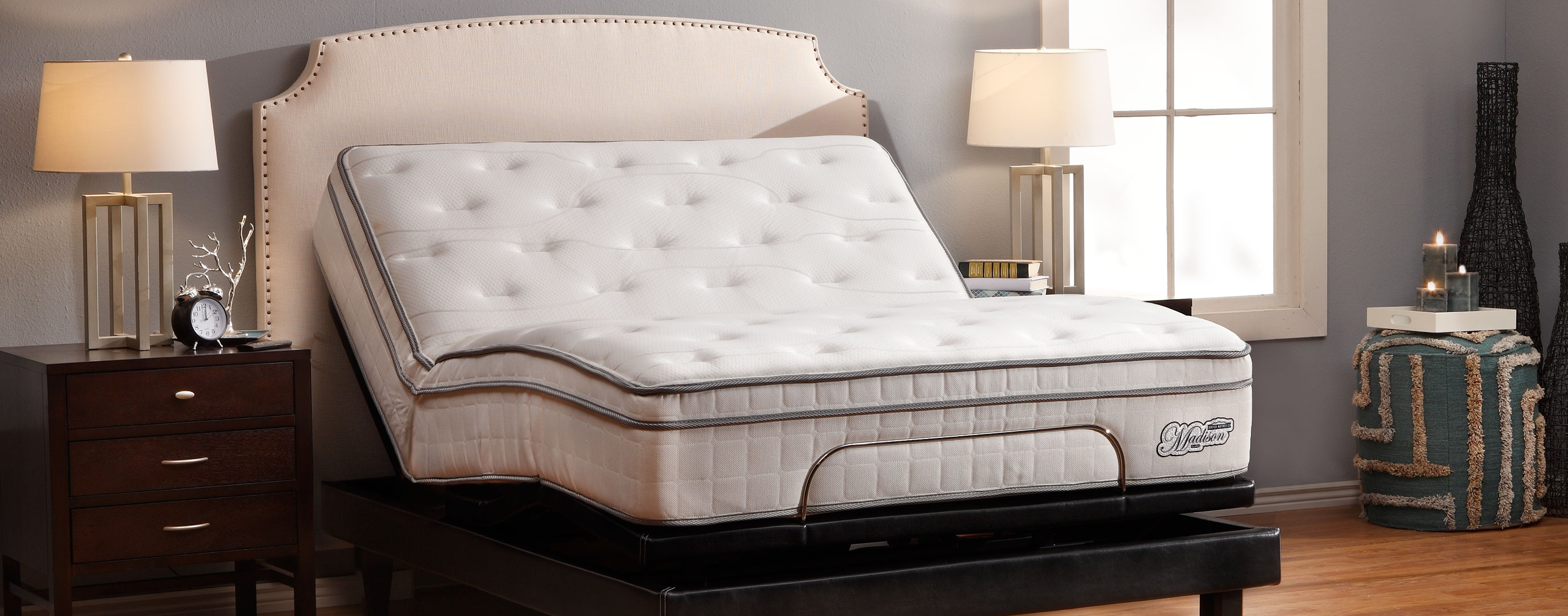Dealing with a clogged kitchen sink can be a frustrating and messy task, especially when the culprit is greasy buildup. This common issue can cause slow draining, unpleasant odors, and even complete blockages. But don't worry, we've got you covered with some simple solutions for unclogging your kitchen sink and preventing future grease buildup. If you've noticed your sink draining slower than usual, it's likely that grease has accumulated in your pipes. The first step in unclogging your kitchen sink is to try a plunger. Make sure to cover the other drain openings, such as in a double sink, and plunge vigorously for a few minutes. This can often dislodge the grease and restore proper drainage. If plunging doesn't do the trick, it's time to try a homemade remedy. Pour a pot of boiling water down the drain, followed by a half cup of baking soda and then a cup of vinegar. Cover the drain with a cloth or stopper and let the mixture sit for 15 minutes. Then, flush it down with hot water. The chemical reaction of the baking soda and vinegar can help break down the grease buildup, allowing it to be washed away. For tougher grease clogs, a store-bought drain cleaner specifically designed for grease can be effective. Look for one that contains enzymes or bacteria that feed on the grease and break it down. Be sure to follow the instructions carefully and avoid using too much, as it can damage your pipes. Prevention is key when it comes to grease buildup in your kitchen sink. Avoid pouring grease, oil, or fat down the drain as it can solidify and cause clogs. Instead, wipe greasy dishes with a paper towel before washing them or use a strainer to catch any food scraps that may contain grease. A great way to prevent grease clogs is by installing a grease trap for your kitchen sink. This device separates the grease from the water and collects it in a separate reservoir. It can be easily emptied and cleaned, preventing grease from entering your pipes and causing clogs. You can also make a DIY grease trap using a plastic bottle or container, some rocks, and a filter.How to Unclog a Kitchen Sink with Grease Buildup
Regular cleaning is essential for maintaining a clean and hygienic kitchen sink. But when dealing with greasy buildup, a basic dish soap and water solution may not be enough. Here are some tips for effectively cleaning a greasy kitchen sink. Start by removing any dishes and debris from the sink and wiping the surface with a paper towel to remove any excess grease. Then, sprinkle baking soda over the sink and scrub it with a soft sponge or brush. The abrasive texture of the baking soda can help scrub away the grease and leave your sink sparkling clean. If baking soda alone isn't cutting it, try mixing it with a few drops of dish soap and warm water to create a paste. Apply the paste to the sink and let it sit for 15 minutes before scrubbing and rinsing it off. For tougher stains, a solution of equal parts vinegar and water can also be effective. For a natural and eco-friendly option, try using lemon juice instead of vinegar. The citric acid can help cut through grease and leave a refreshing scent. Simply squeeze some lemon juice onto a sponge or cloth and scrub the sink, then rinse with warm water. For a deep clean, you can also use a steam cleaner to tackle the grease in your kitchen sink. The high temperature steam can help loosen and dissolve the grease, making it easier to wipe away. Be sure to follow the manufacturer's instructions and use caution when handling hot steam.How to Clean a Greasy Kitchen Sink
A grease trap is an essential device for preventing grease from entering your kitchen sink and causing clogs. While you can purchase a ready-made grease trap, it's also possible to make your own using simple household items. Start by choosing a suitable container, such as a plastic bottle or container with a lid. Cut a hole in the lid that is slightly smaller than the diameter of your sink drain. Place some rocks or pebbles in the bottom of the container, then cover them with a filter, such as a coffee filter or cheesecloth. This will act as a barrier to catch and trap the grease. When using your kitchen sink, simply pour any excess grease into the container instead of down the drain. The grease will collect on top of the filter and can be easily disposed of in the trash. Be sure to regularly empty and clean your DIY grease trap to keep it functioning effectively.DIY Grease Trap for Kitchen Sink
When it comes to choosing a drain cleaner for your kitchen sink, it's important to choose one specifically designed for grease. Here are some top-rated drain cleaners for tackling grease buildup: 1. Green Gobbler Drain Clog Dissolver: This environmentally friendly drain cleaner contains powerful enzymes that break down and digest grease, hair, and other organic materials. 2. Bio-Clean Drain Septic Bacteria: This natural drain cleaner contains bacteria that feed on organic materials, including grease, to effectively break them down and prevent clogs. 3. Drano Max Gel Clog Remover: This gel formula clings to pipes to dissolve and remove tough clogs, including those caused by grease buildup. Remember to always follow the instructions carefully when using any drain cleaner and avoid using too much, as it can damage your pipes.Best Drain Cleaner for Grease in Kitchen Sink
Prevention is key when it comes to avoiding grease clogs in your kitchen sink. Here are some tips to help you keep your sink clog-free: - Avoid pouring grease, oil, or fat down the drain: Instead, dispose of these substances in the trash or use a grease trap. - Wipe greasy dishes before washing them: Use a paper towel to remove excess grease from plates, pots, and pans before washing them in the sink. - Use a strainer in your sink: A strainer can catch food scraps that may contain grease and prevent them from entering your pipes. - Regularly clean your sink: Regular cleaning can help prevent buildup and keep your sink functioning properly.How to Prevent Grease Clogs in Kitchen Sink
If you prefer to use natural and eco-friendly solutions for unclogging your kitchen sink, here are some effective remedies to try: - Baking soda and vinegar: As mentioned earlier, this combination can create a chemical reaction that helps break down grease. Let it sit for 15 minutes before flushing it down with hot water. - Salt and boiling water: Pour half a cup of salt down the drain, followed by a pot of boiling water. Let it sit for a few minutes before flushing with hot water. The abrasive texture of the salt can help scrub away grease. - Lemon juice: As mentioned earlier, lemon juice can help cut through grease. Mix it with baking soda to create a paste and scrub it onto the sink, then rinse with warm water.Natural Remedies for Grease Clogged Kitchen Sink
If you've tried the above methods and your kitchen sink is still clogged with grease, it may be necessary to remove the grease from the pipes manually. Here's how: - Wear protective gear: Put on rubber gloves and safety glasses to protect your hands and eyes from any potential splashes. - Remove the P-trap: The P-trap is the curved pipe under your sink. Place a bucket or bowl underneath to catch any water, then use a wrench to loosen the slip nuts and remove the P-trap. - Clean the P-trap: Remove any visible grease or debris from the P-trap and use a pipe brush to scrub the inside. Rinse it with hot water before reattaching it to the pipe. - Snake the drain: If the P-trap wasn't the source of the clog, use a plumbing snake to manually remove the grease from the pipes. Insert the snake into the drain and twist it to break up and remove the clog.How to Remove Grease from Kitchen Sink Pipes
To keep your grease trap functioning effectively, it's important to regularly maintain and clean it. Here are some tips for grease trap maintenance: - Follow the manufacturer's instructions: Be sure to read and follow the instructions for your specific grease trap to ensure proper maintenance. - Regularly empty and clean the trap: Depending on the size and usage of your trap, it may need to be emptied and cleaned every few weeks or monthly. - Use hot water and soap: Rinse the trap with hot water and use soap to remove any remaining grease. Avoid using harsh chemicals as they can damage the trap. - Inspect for any damage: Regularly check the trap for any cracks, leaks, or other damage. If you notice any issues, replace the trap or contact a professional for repairs.Grease Trap Maintenance for Kitchen Sink
Improperly disposing of grease from your kitchen sink can lead to clogs and damage to your pipes. Here's how to properly dispose of grease: - Let it cool: Allow the grease to cool down and solidify before disposing of it. - Use a container with a lid: Once cooled, pour the grease into a container with a lid, such as a jar or empty coffee tin. - Throw it in the trash: Once the container is full, seal it and throw it in the trash. Be sure to check with your local waste management guidelines for any specific instructions.How to Dispose of Grease from Kitchen Sink
If you want to prevent grease buildup in your kitchen sink, installing a grease trap is a wise investment. Here's how to install a grease trap for your kitchen sink: - Choose a suitable location: The ideal location for a grease trap is underneath the sink, close to the drain. - Install the trap: Follow the manufacturer's instructions for installing the trap, which may involve connecting the inlet and outlet pipes and securing the trap in place. - Test for leaks: Once installed, run water through the sink and check for any leaks from the trap. If you notice any, tighten the connections or contact a professional for assistance. - Regularly maintain and clean the trap: Regular maintenance and cleaning is key for keeping your grease trap functioning effectively and preventing clogs in your kitchen sink.Grease Trap Installation for Kitchen Sink
Why You Shouldn't Grease Down Your Kitchen Sink

Protect Your Plumbing and the Environment
 Grease is a common byproduct of cooking, and it's easy to think that pouring it down the kitchen sink is a convenient way to dispose of it. However, this seemingly harmless action can actually cause serious damage to your plumbing and the environment. The truth is,
it's never a good idea to grease down your kitchen sink.
Here's why.
Grease is a common byproduct of cooking, and it's easy to think that pouring it down the kitchen sink is a convenient way to dispose of it. However, this seemingly harmless action can actually cause serious damage to your plumbing and the environment. The truth is,
it's never a good idea to grease down your kitchen sink.
Here's why.
Clogged Pipes and Expensive Repairs
 When grease goes down your kitchen sink, it may seem like it disappears without a trace. However, once it cools down, it solidifies and sticks to the inside of your pipes. Over time, this buildup can cause clogs and blockages, leading to slow draining or even completely blocked pipes. This not only causes inconvenience but can also result in expensive repairs.
So, instead of pouring grease down your sink, it's important to dispose of it properly.
When grease goes down your kitchen sink, it may seem like it disappears without a trace. However, once it cools down, it solidifies and sticks to the inside of your pipes. Over time, this buildup can cause clogs and blockages, leading to slow draining or even completely blocked pipes. This not only causes inconvenience but can also result in expensive repairs.
So, instead of pouring grease down your sink, it's important to dispose of it properly.
Environmental Impact
 Pouring grease down your kitchen sink doesn't just harm your plumbing, but it also has a negative impact on the environment. When grease enters the sewer system, it can mix with other substances and form large clogs, causing sewage backups and overflows. This can lead to contamination of water sources and harm to wildlife. In addition,
grease can also cause damage to wastewater treatment facilities and increase the cost of maintaining them.
Pouring grease down your kitchen sink doesn't just harm your plumbing, but it also has a negative impact on the environment. When grease enters the sewer system, it can mix with other substances and form large clogs, causing sewage backups and overflows. This can lead to contamination of water sources and harm to wildlife. In addition,
grease can also cause damage to wastewater treatment facilities and increase the cost of maintaining them.
Proper Disposal of Grease
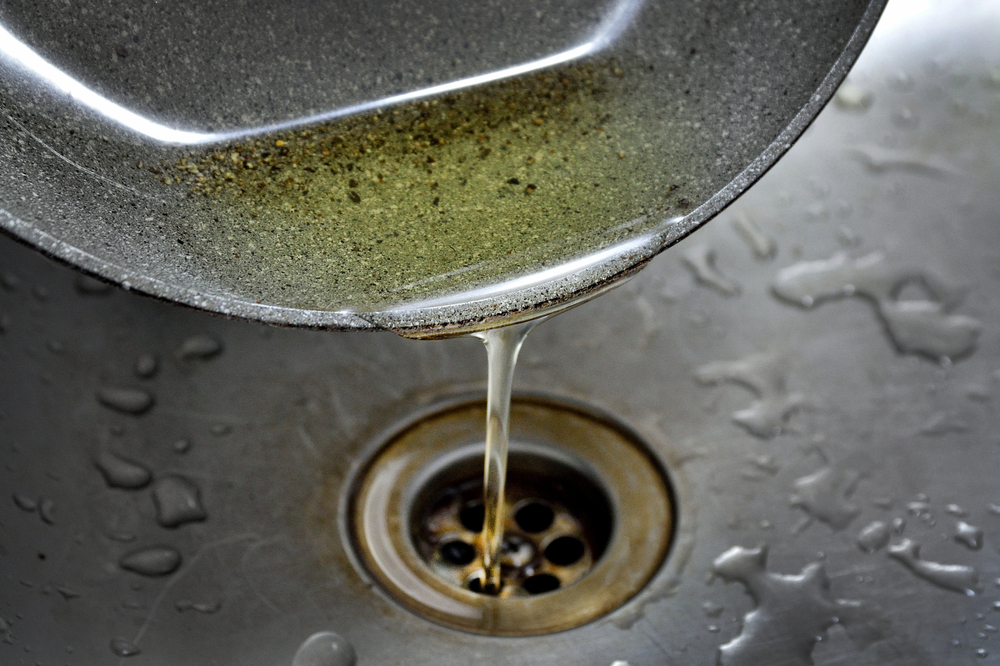 So, what is the proper way to dispose of grease? The best solution is to let it cool and solidify, then scrape it into a container and dispose of it in the trash. Another option is to use a grease trap, which collects the grease and prevents it from entering your plumbing. You can also consider using reusable containers or composting the grease for a more eco-friendly solution.
So, what is the proper way to dispose of grease? The best solution is to let it cool and solidify, then scrape it into a container and dispose of it in the trash. Another option is to use a grease trap, which collects the grease and prevents it from entering your plumbing. You can also consider using reusable containers or composting the grease for a more eco-friendly solution.
The Bottom Line
 In conclusion,
greasing down your kitchen sink may seem like a quick and easy solution, but it can cause significant damage to your plumbing and the environment.
By properly disposing of grease, you can save yourself from expensive repairs and help protect our planet. So, the next time you're cooking, remember to put the grease in the trash, not down the sink.
In conclusion,
greasing down your kitchen sink may seem like a quick and easy solution, but it can cause significant damage to your plumbing and the environment.
By properly disposing of grease, you can save yourself from expensive repairs and help protect our planet. So, the next time you're cooking, remember to put the grease in the trash, not down the sink.












:max_bytes(150000):strip_icc()/how-to-unclog-a-kitchen-sink-2718799_sketch_FINAL-8c5caa805a69493ab22dfb537c72a1b7.png)










/ways-to-clean-wood-kitchen-cabinets-3017289-01-765f893e7cca49a1ab72d7c49efdf518.jpg)










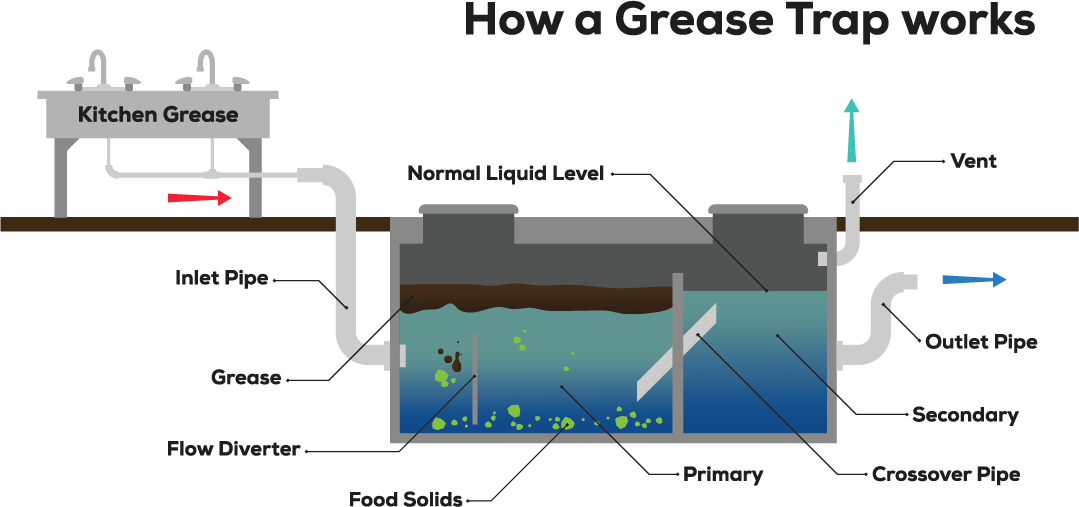






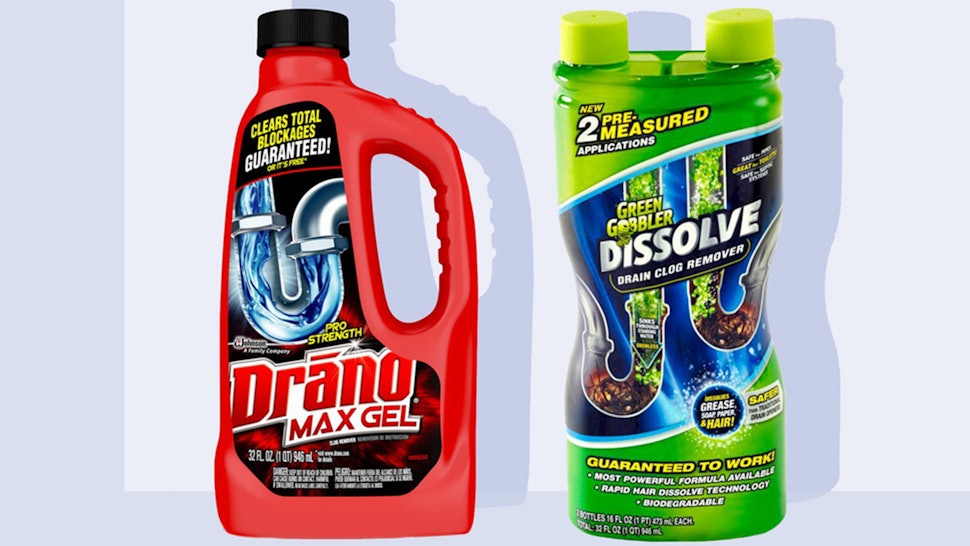



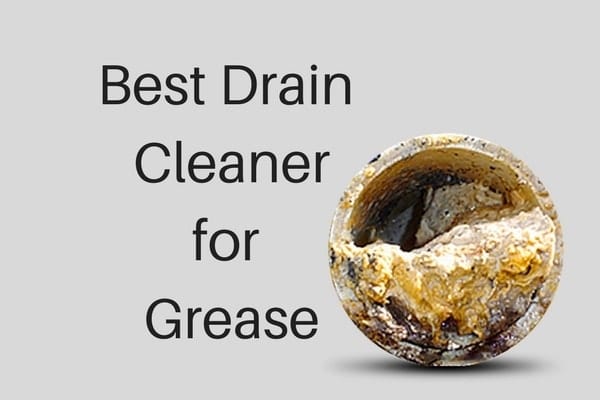







































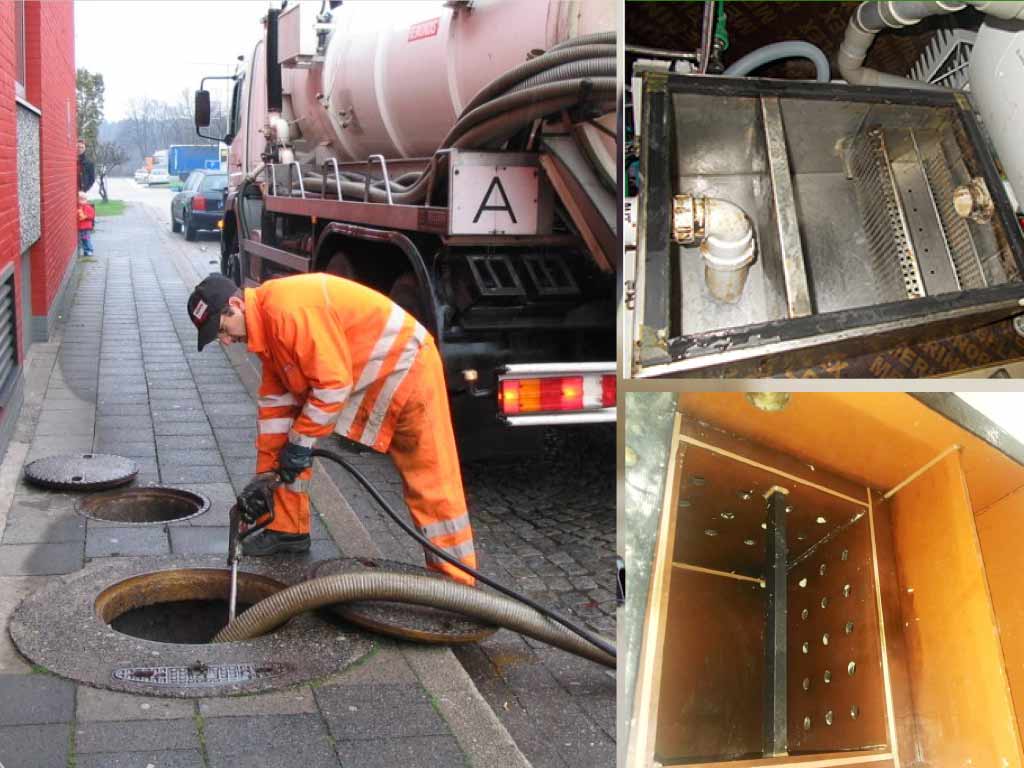








:max_bytes(150000):strip_icc()/how-do-i-dispose-of-used-cooking-oil-908995_FINAL-5b43902cc9e77c003736f7bc.png)




















